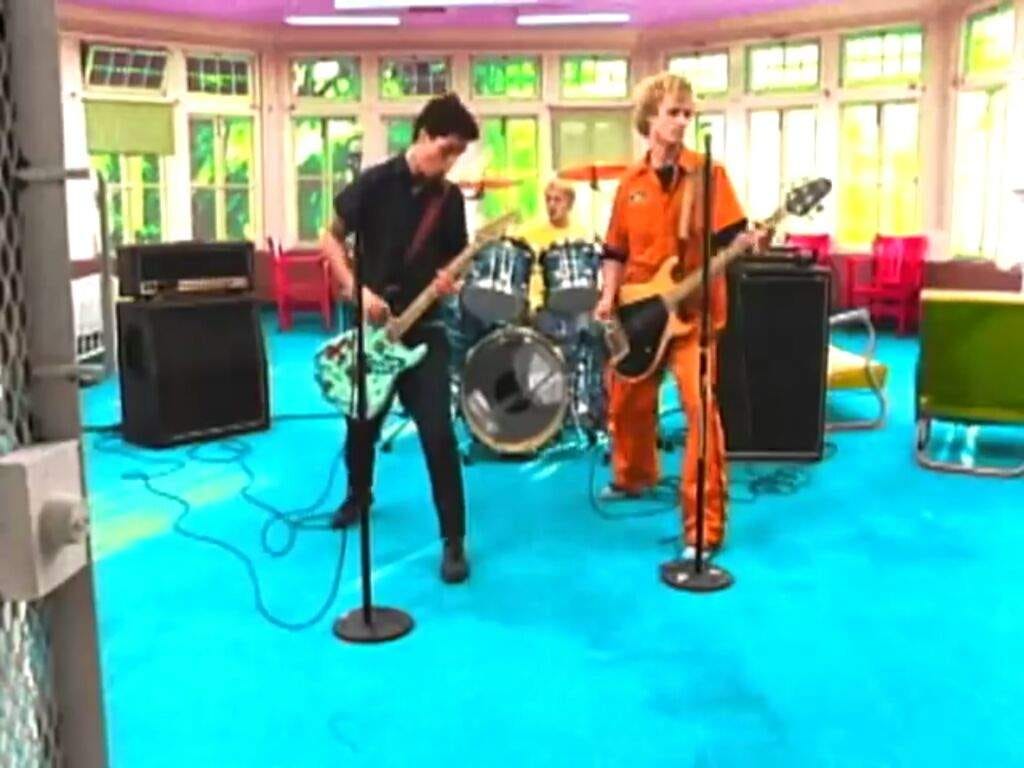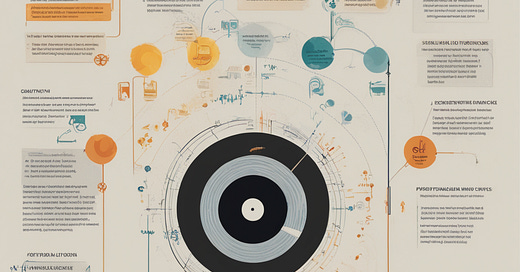Avoid "Basket Case" Data Products Through Iteration
Taking inspiration from the world of music to persevere with iterative loops to create great data products
Welcome to the Data Score newsletter, composed by DataChorus LLC. The newsletter is your go-to source for insights into the world of data-driven decision-making. Whether you're an insight seeker, a unique data company, a software-as-a-service provider, or an investor, this newsletter is for you. I'm Jason DeRise, a seasoned expert in the field of data-driven insights. As one of the first 10 members of UBS Evidence Lab, I was at the forefront of pioneering new ways to generate actionable insights from alternative data. Before that, I successfully built a sell-side equity research franchise based on proprietary data and non-consensus insights. After moving on from UBS Evidence Lab, I’ve remained active in the intersection of data, technology, and financial insights. Through my extensive experience as a purchaser and creator of data, I have gained a unique perspective, which I am sharing through the newsletter.
As September ended, it's almost a tradition to flood Twitter with “wake up” messages for Green Day's Billie Joe Armstrong, referencing their iconic song. September 2023 also brought another milestone for the band. They released the 30-year-anniversary version of their breakout album “Dookie”. On the album is their most popular song, “Basket Case,” which in 1994 got non-stop MTV airtime (back when the channel played music videos most of the day).

The anniversary version of the album includes demos and early drafts of songs. Hearing early song versions showcases their evolution. For some bands, it might take decades to release these early demos, even as their songs are continually cherished by fans. Sharing art can be scary for artists, especially if it is not yet seen as the final product.
The 30-year anniversary edition unveils an early "Basket Case" version – almost unrecognizable from the final song. The chord progression is there (A series of musical chords played in a repeated sequence), as is the melody. But it’s different lyrics, a slower tempo (speed), different drums (very minimal), and a different-sounding guitar (more acoustic and kind of strummy and jangly).
It’s a fine song. But this isn’t a song that would allow Green Day to reach the wide audience it reached… The song is kind of lame. If it were a data product, it wouldn’t be an MVP1 (Minimum Viable Product) because it’s not really viable… It's just an MP (minimum product).
What does Green Day’s “Basket Case” even have to do with data?
It's all about the iterative process—both in music and data product development.
The first working version may have a lot of vision but may miss the mark
Share and get feedback
Keep what works
Change what didn’t work
Share and get feedback
Repeat until you get to product/market fit2.
The first version and feedback
Data products are solving a problem by providing the missing insights needed for decision-making. An artist’s “product” also provides information, even though it’s not meant to solve problems.
Similar to artists, building a data product begins with a spark of creativity. Data products are solving a problem by providing the missing insights needed for decision-making. An artist’s “product” also provides information, even though it’s not meant to solve problems. Great art helps capture an idea in a way that connects with people emotionally and helps advance their thinking about the subject.
Data professionals and artists have an idea and inspiration for what will capture the insights needed and package them in a novel way that resonates. But that first version rarely captures what the original goal is. This should be expected and not a blocker to actually getting to the outcome desired.
At times, the initial attempt's shortcomings can discourage creators so much that they consider abandoning the idea.
Other times the initial version is held onto too tightly, and despite feedback to change it, decide to hold tightly to the details of the original version.
The reality is somewhere in between. As creators of either art or data products, we need to have a clear vision but be flexible about the details to get to it. We need to hear the feedback, adapt, adjust, and get more feedback.



